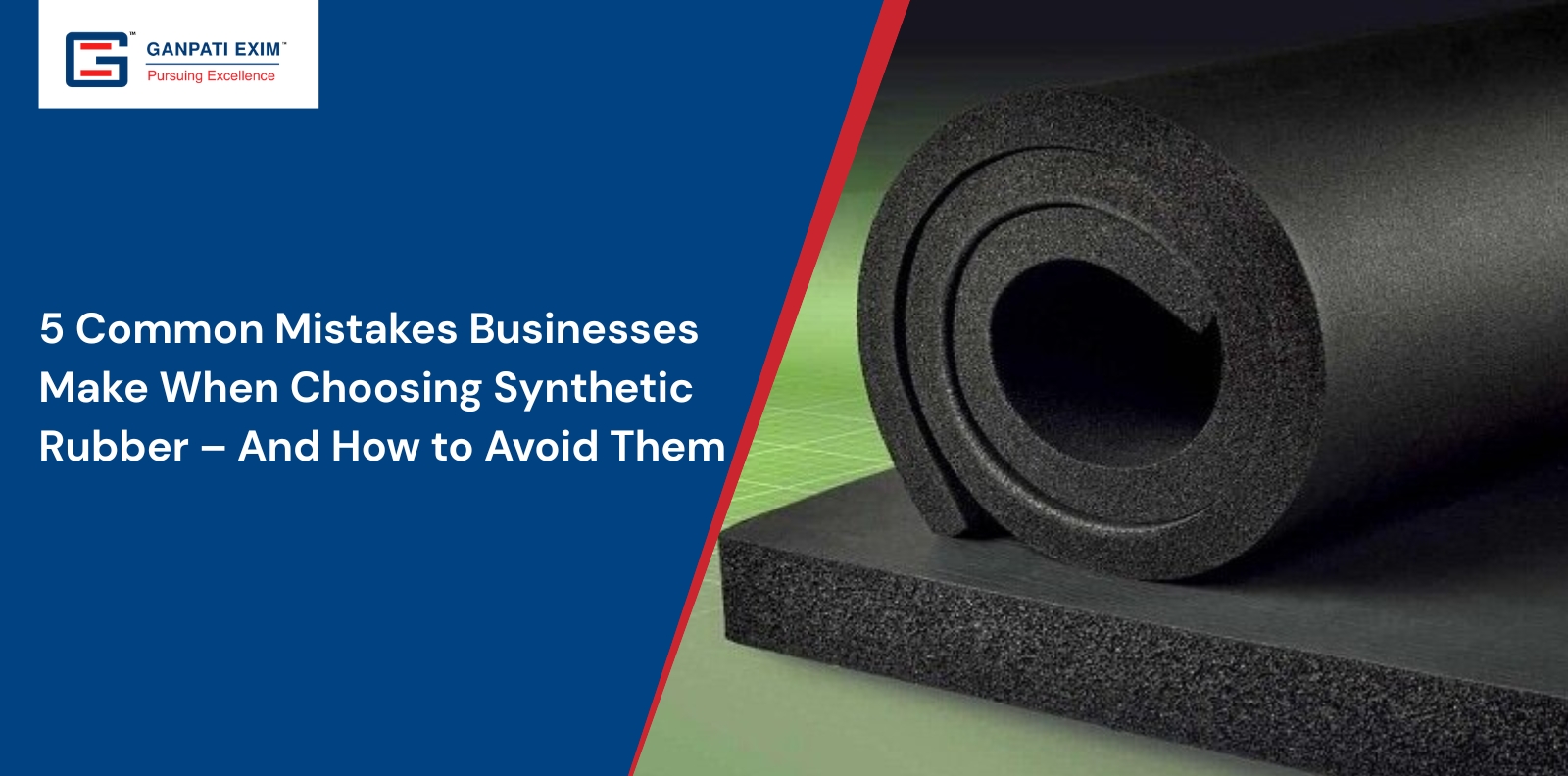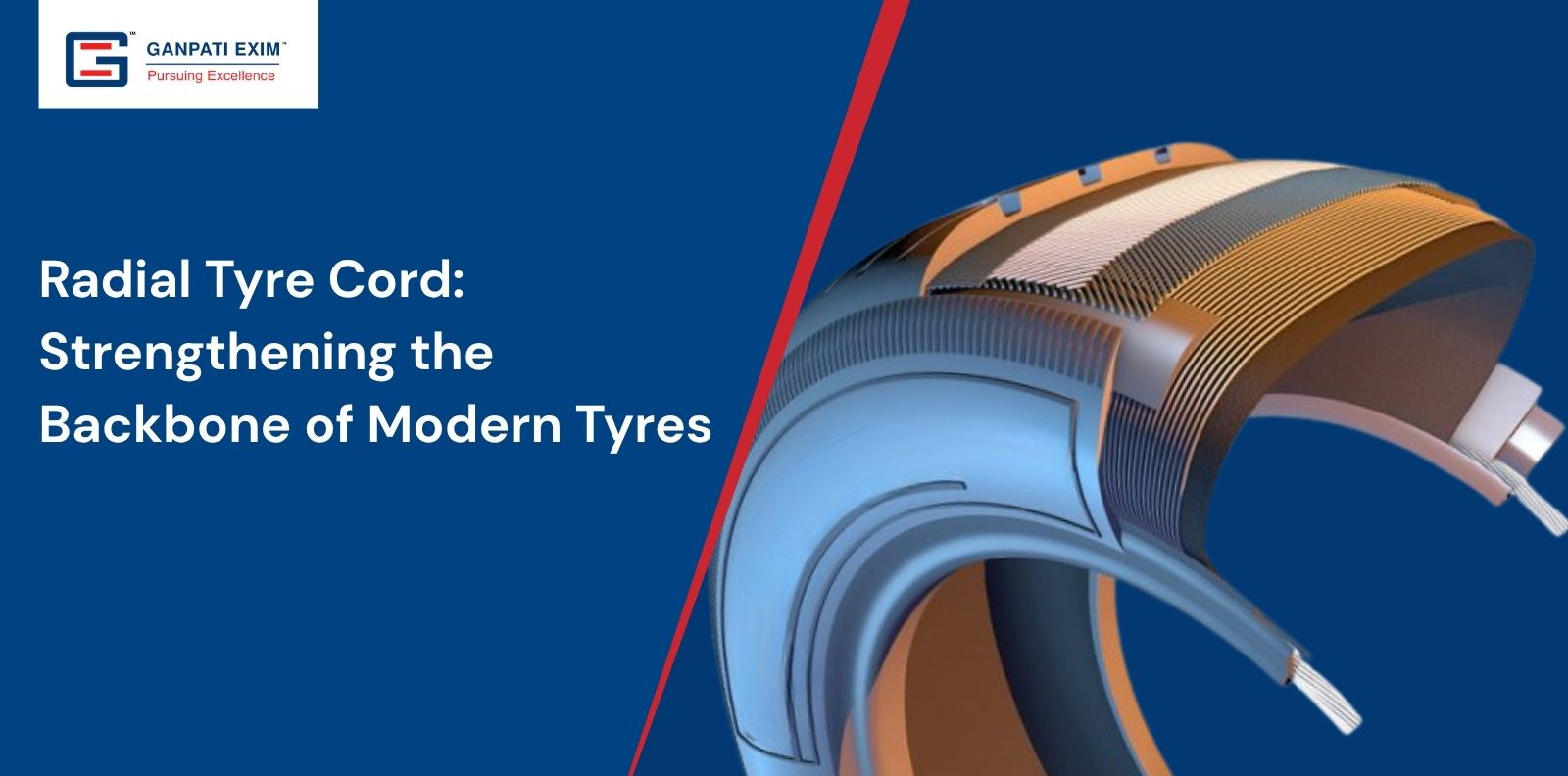
5 Common Mistakes Businesses Make When Choosing Synthetic Rubber – And How to Avoid Them
When it comes to manufacturing and industrial applications, selecting the right synthetic rubber is not just a technical choice—it’s a business-critical decision. From NBR (Nitrile Butadiene Rubber) to EPDM, SBR, PBR, and Reclaim Rubber, each type offers distinct advantages tailored for specific performance requirements. Yet, many businesses often make costly errors when deciding on the right material.
Let’s explore the five common mistakes businesses make when choosing synthetic rubber—and how you can avoid them.
1. Overlooking Application-Specific Requirements
One size does not fit all in the rubber industry. For instance, SBR (Styrene Butadiene Rubber) might work well for tire manufacturing due to its abrasion resistance, but it may fail under conditions requiring oil resistance—where NBR (Nitrile Rubber) would be a better fit.
Avoidance Tip:
Always assess the end-use environment—temperature, chemical exposure, abrasion, and flexibility. Match the properties of synthetic rubber types like EPDM, IIR, or BIIR with specific application needs.
2. Ignoring Chemical Compatibility
Chemical exposure is a major factor in rubber degradation. Choosing the wrong type—say, using natural rubber or SBR in an oil-heavy environment—can lead to swelling, cracking, and eventual failure.
Avoidance Tip:
Consult chemical compatibility charts or rubber experts. For example, NBR excels in oil resistance, while EPDM is ideal for water, steam, and weather-resistant applications.
3. Choosing Based on Price Alone
Many businesses fall into the trap of selecting a rubber compound based solely on its initial cost. Cheaper materials may compromise performance and lead to frequent replacements, downtime, and greater long-term expense.
Avoidance Tip:
Look at the Total Cost of Ownership (TCO). Reclaim Rubber options like Chlorobutyl, Butyl, and Natural Reclaim Rubber can be cost-effective without sacrificing quality—when chosen wisely.
4. Neglecting Industry Standards and Certifications
Failing to ensure that the selected rubber meets necessary industry certifications or quality standards can result in legal issues, failed audits, or product recalls.
Avoidance Tip:
Work with trusted suppliers offering certified grades of synthetic rubber such as SSBR, IR, CIIR, or PBR, and always request testing and compliance documentation.
5. Lack of Supplier Support and Technical Guidance
Not all synthetic rubbers are created equal. Variability in quality, processing conditions, and performance can be vast. Choosing a supplier that doesn’t provide adequate support can lead to subpar results.
Avoidance Tip:
Partner with a supplier who offers a broad range of products and the technical know-how to guide your decision—whether you’re sourcing EPDM, NBR, or reclaim rubber blends.
Choosing the right synthetic rubber—whether it’s NBR, SBR, EPDM, or reclaim rubber—requires more than a catalog and a price list. It takes understanding, foresight, and expert guidance. Avoid these five common mistakes, and you’ll find performance, reliability, and cost-efficiency in your rubber components.
At Ganpati Exim, we understand that the right materials can make all the difference. As a leading supplier of synthetic rubber for the tyre and non-tyre industries, we are committed to delivering excellence, innovation, and reliability with every product we offer.
With our wide range of high-performance rubber materials, tailored solutions, and deep industry expertise, we help businesses across automotive, healthcare, construction, agriculture, and consumer goods sectors create products that stand the test of time.
Let’s shape a better, stronger, and more sustainable future together. 📩 Reach out to us at info@ganpatiexim.com to discover how Ganpati Exim can support your journey with world-class rubber solutions.


